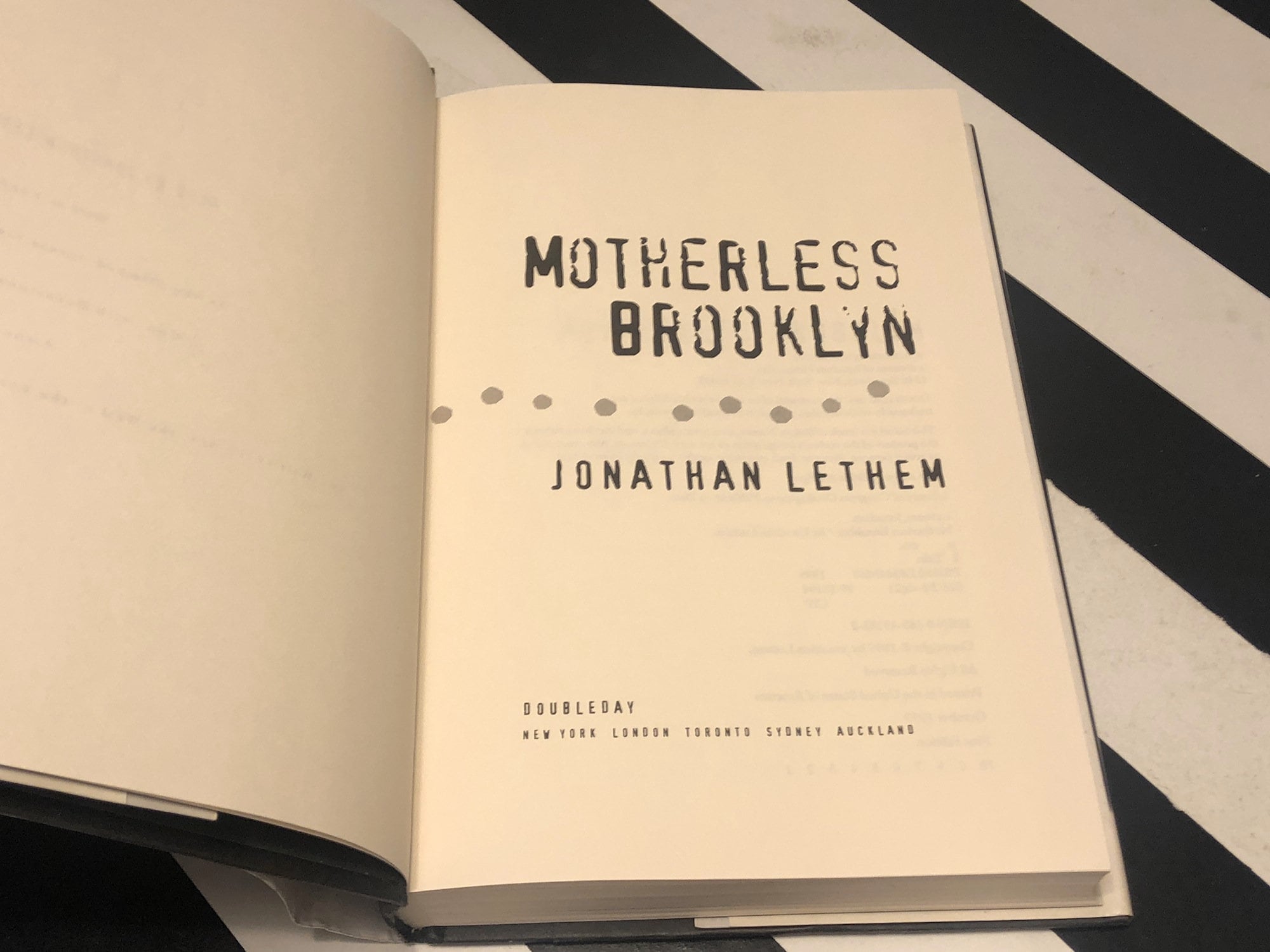

"So you'd describe yourself as a friend of the deceased?" a cop asks our hero. It's as if Benjy from Faulkner's The Sound and the Fury had escaped on to the pages of Raymond Chandler. Tourette's gave me the opportunity to put the wordplay and the free association front and centre." I began to wonder what I was getting at, and what I was avoiding by keeping that on such a tight rein. "I've always had an element of Joycean wordplay in my books, some characters who were in charge of the babbling or frothing at the mouth. Lethem's interest in the condition was based not only on a psychological fascination - "it hovered in my mind as a metaphor for that aspect of human existence that is helpless, compulsive, twitchy" - but on a keen sense of its literary potential. The germ of inspiration, that really freeing sense that this was an image of human life that I could inhabit, turn inside out and make my own, was right there in Sacks's essay." "I came across Tourette's the way anyone might," says the 35-year-old Lethem, "by reading about it in Oliver Sacks. Through Lionel - nickname Freakshow - he explores the relationship between what makes us tic and what makes us tick. Author Jonathan Lethem - a former painter, student contemporary of Bret Easton Ellis, and writer of four acclaimed novels in the past five years - has created, from what sounds like a ludicrous gimmick, one of fiction's most memorable narrators.


 0 kommentar(er)
0 kommentar(er)
